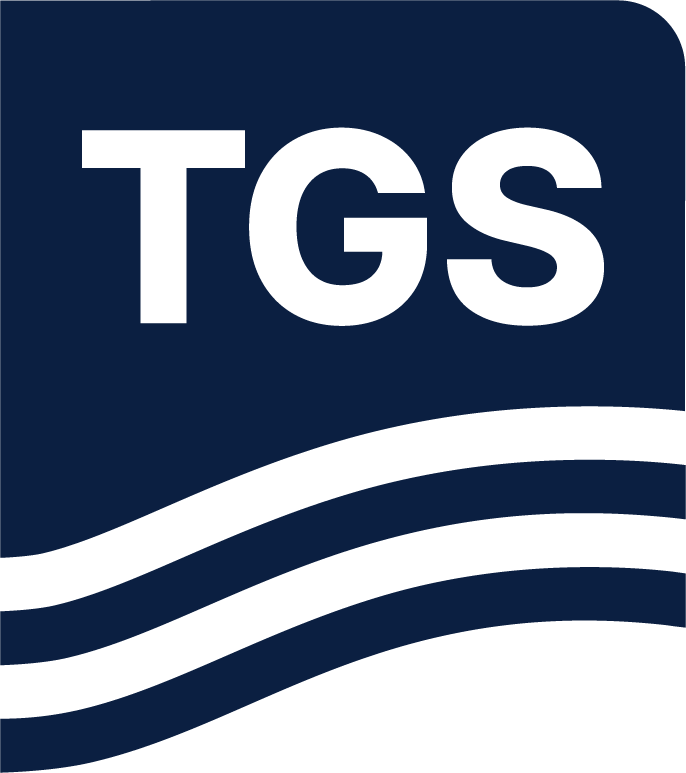Paper Summary
In seismic imaging, reducing the turnaround time of imaging projects is essential. Although advances in computer power have shortened the processing time of the standard marine sequence, this progress has been offset by an increase in the algorithmic complexity of processing steps, such as deblending and deghosting. Furthermore, the critical path of many projects has shifted from production to testing, resulting in turnaround times remaining static. A traditional solution to turnaround reduction is the ‘fast-track’ product: a reduced processing sequence that can be applied to the data quickly to give the interpretation team a product to work with as early as possible. However, this product, by its nature, often has increased noise levels, residual multiples, or other artefacts that can hamper interpretation. Machine learning solutions offer the potential of reduced turnaround time without the loss of data quality that comes with fast-track solutions. These are achieved through faster execution times and the elimination of parameter testing. We leverage machine learning (ML) to accelerate and improve the efficiency of preprocessing, focusing on three key steps: swell noise removal, deghosting, and designature. We demonstrate these results on data from a recent 3D project from the Niger Delta, offshore Nigeria.

